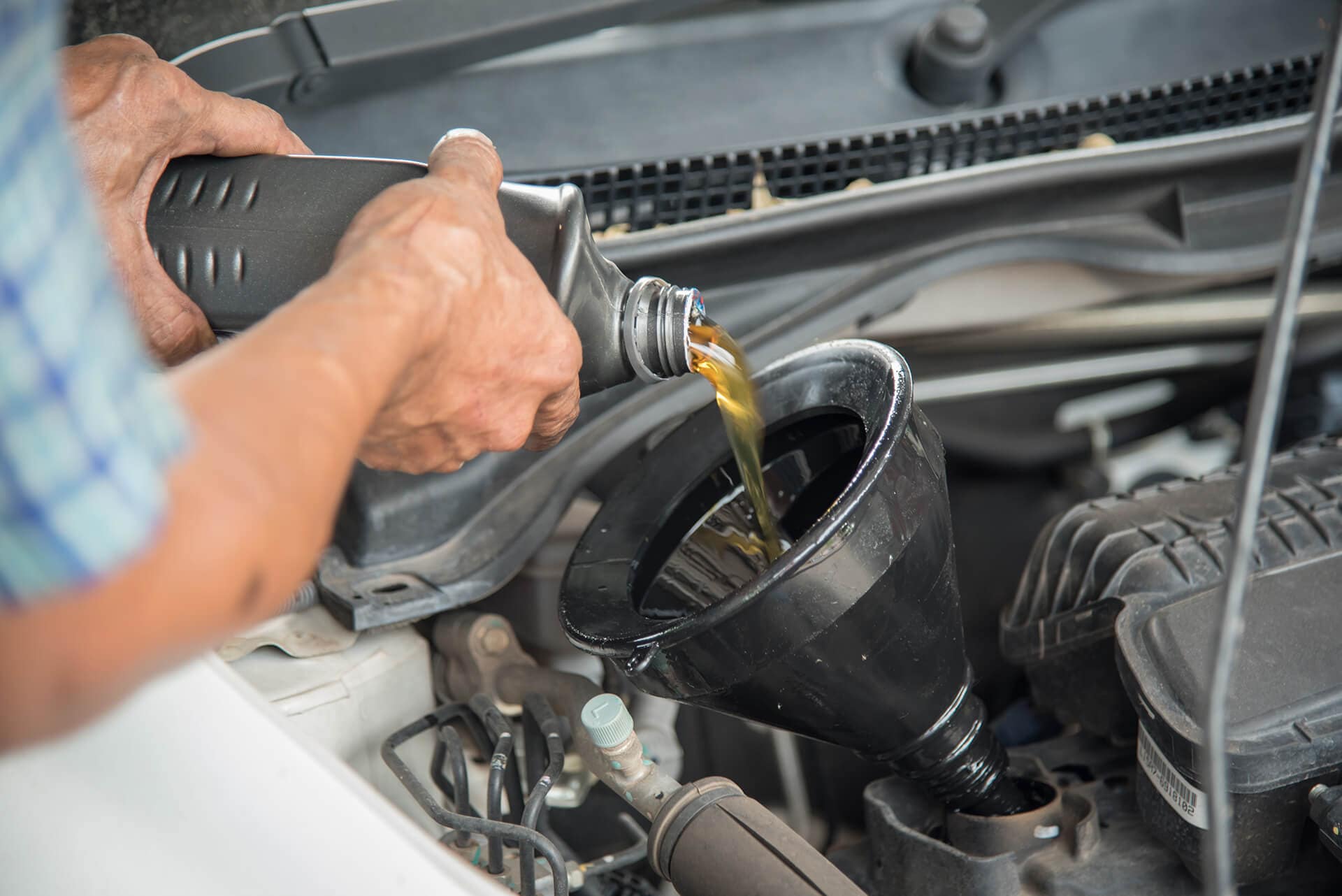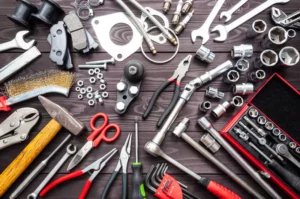Oil changes are an essential task that can save money and prolong engine life, but they can be messy and hazardous if done without the right tools and precautions in place.
Before beginning, cover the ground with plastic sheeting to protect it from oil spills. Jack up your car, support it with jack stands, then take steps to open its oil fill cap and dipstick before beginning work on them.
Get the Right Tools
Oil changes are an easy, straightforward, and cost-cutting way to take care of car maintenance. They’re a great way to gain more knowledge about working on your own car while deepening understanding of its mechanics – but in order to be successful it requires several key tools, from jack stands and jack stands all the way through to an oil drain pan/funnel combo and safety equipment such as gloves.
An oil drain pan is one of the key tools of any successful oil change, as it catches old oil and prevents spillage. When selecting one for your vehicle, ensure it fits securely while also having a rim to keep everything secure.
Oil filter wrenches are essential tools, used to easily remove and install new filters with a tight grip and provide easy removal and installation. A high quality wrench will make this task effortless while providing secure removal/installation and tight gripping abilities.
Finally, gloves should be considered an absolute essential as they will protect your hands from potentially hazardous chemicals and oils. In addition, it would be prudent to carry around shop towels for wiping up drips as well as safety glasses to guard your vision; when finished don’t forget to replenish washer, brake, and transmission fluid levels to complete the task!
Find the Right Place
Oil changes serve two main purposes. First, they drain old engine oil out and replenish it with new, while also minimizing wear on your moving parts and protecting against premature corrosion. Over time however, engine oil can become polluted with gasoline residue, combustion byproducts, metal debris, etc – making it less effective at its task and decreasing performance overall. It’s therefore imperative that regularly replacing it is to keep your car running at full efficiency.
To successfully park your car, a few key things are required. First and foremost is finding an area free from debris where you can access under it easily and park. Additionally, placing down plastic or newspaper sheets underneath may help collect any possible drips or spills on the ground that might occur when making deliveries.
Your vehicle will require a jack, ramps or jack stands to lift its front end to access and remove the drain plug and oil filter. In addition, a drain pan and funnel to collect old oil as well as a box-end wrench or socket wrench to loosen and remove the drain plug are essential tools.
Once you’ve taken care to remove and install a new filter, restart your engine and allow it to run for several minutes until proper oil pressure has been restored. Check your oil dipstick, using your funnel fill to the manufacturer-recommended level until full and recycle any unused oil as applicable.
Get the Right Oil
Change your own oil is one of the key steps you can take to prolonging the lifespan of your car, and although it might seem tedious at first, most people can do it successfully themselves! In fact, many housewives, office managers, and landscapers have done it successfully!
Before beginning a DIY oil change, always ensure to adhere to all safety guidelines. Park your car on a level and protected surface; chock the wheels; apply parking brake; then jack up vehicle on ramps/jack stands before working underneath vehicle.
Your vehicle requires the correct type of oil – synthetic should be your preference – according to its specifications in your owner’s manual, while an auto parts store can assist you in choosing an oil suitable for it.
Once the drain plug and filter have been removed, run your engine for about five minutes to warm up its oil before checking its levels with your dipstick and adding more as necessary. Finally, be sure to recycle used oil by placing it into an airtight container so as to prevent it from spilling out or being wasted!
Clean Up
Change your own oil can be both simple and cost-cutting; saving both money and maintaining your vehicle at once. Disposal of used motor oil in an eco-friendly manner is also critical; spilling it on the ground or down drains is illegal and may incur fines from local authorities, especially for repeat offenders.
To avoid this and to keep your garage floor or driveway tidy, spread plastic sheeting before beginning. This will capture any dripping oil and make cleanup much simpler – you can either dispose of or keep the sheeting for future use.
Once the old oil has been drained from your vehicle, locate and unscrew its drain plug to allow new oil to drain freely out – be cautious though as hot fluid may come pouring out! Pour some large quantities of cold water over it to help with cleanup if necessary.
Once your oil has been depleted, carefully transfer it into a sealed and labeled bottle. For best results, select a container which can accommodate all of the volume of your vehicle’s oil requirement so as to prevent overfilling and risk a potential leak.
Once you’ve added the new oil, install a new drain plug and oil filter, as instructed in your owner’s manual, before refilling your engine with the amount specified by that document. Start up and run it for several minutes while inspecting under your car for any signs of oil leaks.



